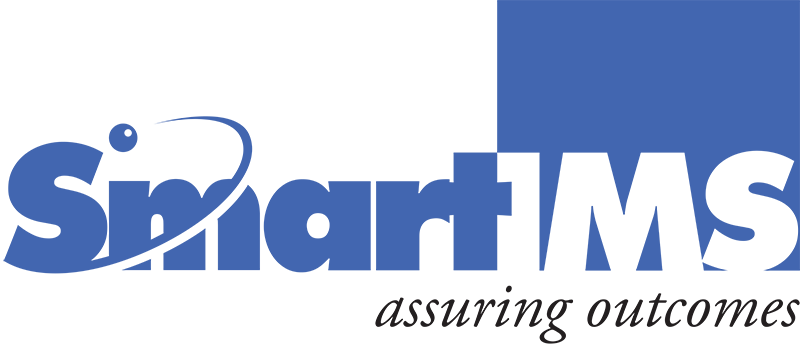Smart IMS Test Plan Cycle:
The most important aspect of the Software Testing Life Cycle (STLC) is the Test Planning. The Software Testing Life Cycle process can roughly be divided into three parts:
- Test Planning.
- Test Design.
- Test Execution.
As part of the Test Plan Cycle, let’s see how the Test planning takes place at each phase of the Software Development Life Cycle.
During the “initiate” phase of the Software Development Life Cycle, the Business Requirement Document or the BRD is finalized and a basic project plan is designed. Ideally, the testing team should be involved during this phase while the scope of the project is defined from the customer or the client in the form of business requirements. But the matter of the fact is that the involvement of the testing team is close to Nil in the real world during this phase.
During the “defining” phase of the Software Development Life Cycle, the software requirement specification is defined from the Business requirement document. This is where the Test Plan’s initial draft is created. The exact scope of the testing is not clear at this point as the QA team is yet to get its hand over the Software Requirement Specifications document (SRS). So, ideally the Test Plan at this juncture will only have the information like date and time of when the testing could happen. Moreover, they could also have some basic project analysis done along with the team information, if they are finalized.
At the “design” phase of the Software Development Life Cycle, the scope of testing is defined as the Software Requirements Specification review is carried out. During this phase, the QA team will have more information on the number of test cases to be written along with the test requirements of what components need to be tested. Incorporating all these information, a second Test plan is drafted.
From the above information, one can assume that a Test Plan is a dynamic process where it can’t be created all at once and use it from there on. Rather, the Test plan document is ever evolving and the success of a Testing project depends majorly on how well the test plan document is drafted, and is current at every phase. Test Plan process is a blue print of the Testing activity at any point of the project.
At Smart IMS, the QA expertise follows a Test plan document, which is a point of reference on which testing is followed by the QA team. This document is also shared with the Dev team, project managers and business analysts involved in the project. By doing this, there is clear transparency on the testing aspects and will also make sure that the testing requirements are defined properly. Smart IMS adheres to the most comprehensive and detailed Test Plan as it believes that this the defining factor for the success of the Testing activities. The Test Plan is usually documented by the QA Managers or the QA leads based on the inputs from the team.
AJ for Smart IMS
Facebook – LinkedIn – Instagram – Twitter
About SmartIMS – ConnX
Smart IMS – ConnX is a technology solutions oriented company integrating Application Development, Cloud Transformation Services, Managed Services and Professional Services.
As a leader in the unified communications field, Smart IMS – ConnX consistently delivers applications to enable users to be mobile, agile and competitive, helping enterprises to increase revenues, improve efficiency and mitigate risks.
The company, headquartered in Plainsboro, New Jersey (US), with offices in India, Singapore, Sydney, deploys a global delivery model and deep domain expertise originating in the Trader Voice and Financial sector, with a focus on transforming traditional PBX to SIP-based telecommunications services.
Smart IMS serves Fortune 1000 as well as emerging organizations across industries and geographies to transform their business from traditional model to cloud and digital.
Our values and culture is focused to deliver quality, scalability, predictability in execution and an enhanced customer experience.
For more information, visit…





